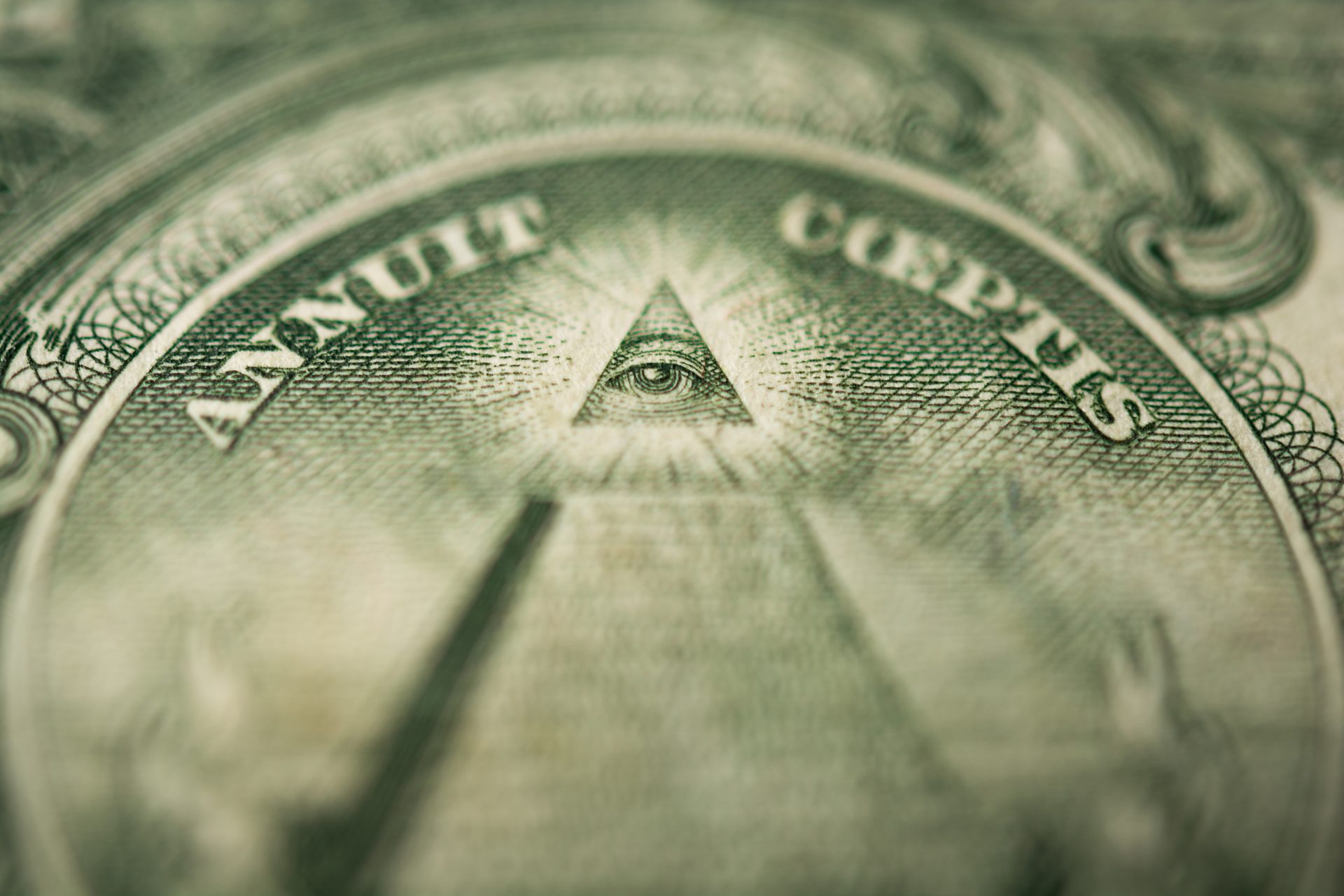Simple Steps You Must Follow for How to Become a Freemason Now
Simple Steps You Must Follow for How to Become a Freemason Now
Blog Article
Discovering the Mysteries of the copyright: What You Need to Know
The copyright, a term frequently shrouded in intrigue and controversy, stands for an intricate tapestry of historical truth and contemporary misconception. Established in the late 18th century, this secret society was at first rooted in the Enlightenment's ideals however has actually because become identified with conspiracy theory theories about elite control (benefit of joining freemason).
Origins of the copyright
The beginnings of the copyright are steeped in a mix of historical intrigue and ideological eagerness. Established in 1776 in Ingolstadt, Bavaria, by Adam Weishaupt, the team was at first created as a secret society targeted at promoting Knowledge perfects such as reason, secularism, and the splitting up of church and state. Weishaupt, a professor of canon regulation, looked for to challenge the prevailing authority of the church and state, which he watched as oppressive organizations stifling intellectual and individual freedom.

Trick Figures and Members
That were the pivotal numbers that formed the copyright's early influence and direction? The Bavarian copyright, established in 1776 by Adam Weishaupt, became a response to the overbearing social structures of the moment. Weishaupt, a law professor, pictured the company as a way to advertise Knowledge ideals such as factor, secularism, and equality. His initial recruitment efforts included significant pundits, such as Baron von Knigge, that played an important role in increasing the group's membership and organizational framework.
An additional substantial figure was Johann Gottlieb Fichte, a famous philosopher whose ideas on nationalism and education and learning reverberated with the copyright's goals. Although Fichte was not a formal member, his thoughtful bases affected the group's ideology. Furthermore, figures like the writer and theorist Johann Wolfgang von Goethe were connected with the broader intellectual activities of the time, although their direct involvement with the copyright stays disputed.
These crucial numbers added to the copyright's very early instructions, pressing the limits of political and social thought, while their collective initiatives intended to test well established standards and promote a climate of progressive modification in Europe.
Misconceptions vs. Truth
Several misconceptions border the copyright, often blending fact with fiction in a method that obscures its real nature. The notion that the copyright proceeds to exert considerable influence over world events is a misconception.
One more common myth is that the copyright comprises a network of elite people manipulating international affairs. In truth, many conspiracy concepts exaggerate the team's relevance, connecting unfounded motives to societal patterns and occasions. This click for info has led to an oversimplified view of intricate issues.
Additionally, the portrayal of the copyright in pop culture commonly more misshapes its legacy. Films and literature have a tendency to sensationalize the company's duty, creating a story that splits from historical realities. Comprehending the difference in between the misconceptions and the reality of the copyright is critical for critical the authentic influence of this historical group and identifying the broader effects of conspiracy concepts in contemporary culture.
Modern Analyses
Contemporary interpretations of the copyright frequently mirror broader societal anxieties and a fascination with Read More Here secrecy and power. This modern-day lens regularly links the copyright with conspiracy theory concepts that suggest a hidden elite orchestrates world events, manipulating governments and economies for their very own gain. benefit of joining freemason. Such stories use an ingrained mistrust of authority, especially in times of situation or social upheaval
In popular society, the copyright is typically illustrated as an omnipotent organization shrouded in enigma, resulting in a huge selection of imaginary representations in literary works, movie, and songs. This portrayal offers not just to delight but likewise to prompt thought regarding the nature of power and control in modern society. Social media has even more enhanced these interpretations, permitting for rapid circulation of conspiracy concepts and creating communities that share and broaden upon these ideas.
In addition, some contemporary analyses mount the copyright as a metaphor for the intricacies of globalization and the interconnectedness of significant individuals and organizations. This viewpoint encourages an essential assessment of how power dynamics operate in today's world, highlighting the balance in between openness and secrecy in administration and business methods.
Cultural Effect and Legacy
Influenced by centuries of intrigue, the cultural influence and heritage of the copyright extend click here for more far past its historical origins. This secret society, developed in the late 18th century, has actually permeated various aspects of pop culture, from literature and movie to songs and art. The idea of the copyright has actually developed right into an icon of conspiracy theory concepts, frequently representing a regarded concealed power manipulating global occasions.
In literature, authors like Dan Brown have woven the copyright into complex stories, fascinating viewers with themes of privacy and power. Movies such as "National Prize" and "The Da Vinci Code" further perpetuate the appeal of the culture, blending reality with fiction to produce interesting narratives.

Eventually, the copyright's tradition is a complex tapestry of misconception and reality, forming assumptions of secrecy and control in contemporary discourse. Its enduring existence in culture highlights mankind's seasonal mission for comprehending surprise facts.
Verdict
The exploration of the copyright discloses a complicated interaction between historical realities and modern myth-making. Started in the Knowledge age, this culture intended to test overbearing frameworks, yet its heritage has actually been outweighed by conspiracy theory concepts that suggest elite control. Understanding the distinctions in between the original perfects and modern analyses is essential for understanding the withstanding attraction with the copyright and its substantial impact on cultural narratives surrounding power and privacy in culture.
Report this page